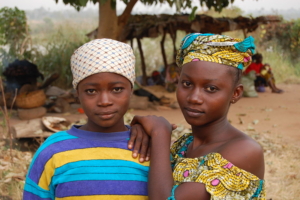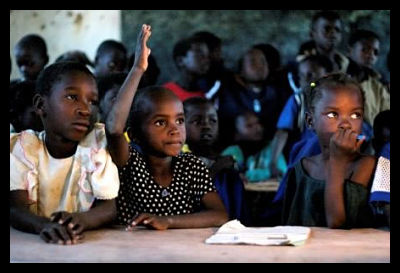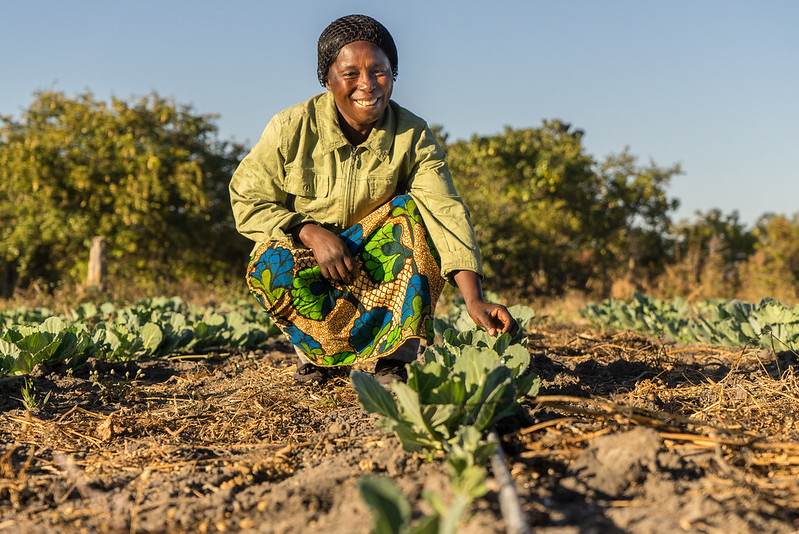 Currently comprising 20% of the country’s GDP, the agriculture sector in Zambia is seeking new ways to engineer growth and stimulate economic productivity. Zambia is home to far-reaching land labeled as having high farming potential; however, 90% of farmers are small-scale and produce crops for subsistence, occasionally selling produce to local markets.
Currently comprising 20% of the country’s GDP, the agriculture sector in Zambia is seeking new ways to engineer growth and stimulate economic productivity. Zambia is home to far-reaching land labeled as having high farming potential; however, 90% of farmers are small-scale and produce crops for subsistence, occasionally selling produce to local markets.
As more and more small-scale farmers in Zambia are encouraged by the state to move to small-scale commercial farming, more efficient tools are required to enable the farmers to navigate the rough waters of weather pattern changes, crop disease and market penetration. AgriPredict, a platform explicitly curated for farmers, is doing just that.
Agriculture in Zambia: Untapped Hectares
Most of Zambia’s poverty-stricken communities are concentrated in rural areas that bestow the land on which 90% of the country’s farming practices take shape. Trade liberalization and the private sector prioritization of imported goods have run roughshod over the kinds of agricultural development policies that would enable small-scale farmers in Zambia to yield more crops, enhancing food security and potential profits.
The inadequate development of the agriculture sector materializes in many ways, most consequentially being the absence of irrigation systems and the lack of technologies and mechanizations available to farmers. Because of this, small-scale farmers in Zambia rely heavily on natural weather patterns. Of course, these patterns have become much more unpredictable due to the effects of natural disasters, causing shorter periods of rain and longer spells of drought.
What’s more, the 2016/2017 farming season in Zambia saw maize, the country’s primary cash crop, become victim to the fall armyworm pest, leading to the devastation of the staple crop. 90% of fields were infested, allowing the fractious pest to have a devastating impact on the food security and incomes of small-scale farmers in Zambia.
AgriPredict: Revolutionizing Farming
Having realized the constraints that small-scale farmers in Zambia must confront to enter the market, coupled with the challenges they persistently face in subsistence farming, AgriPredict set out to alleviate the hardships of the country’s agricultural producers. Averaging 26,000 users over November 2022, AgriPredict is a platform designed to provide farmers with detailed information regarding crop diseases, weather patterns and changes, the best agri-services related to their needs and potential sellers to connect with.
AgriPredict functions via an app that can be downloaded on smartphones and a USSD code-based service that can be used with any kind of phone. This is essential as the pioneers of AgriPredict discovered early on that smartphone usage amongst small-scale farmers in Zambia was initially low. Combining artificial intelligence with agriculture, the app enables farmers to take a picture of their affected crop and receive an instant diagnosis of the diseased plant. Information regarding agro-dealer locations and possible crop treatment options are also provided to the user, thus aiding them in protecting their yields and income.
The ambitious minds behind AgriPredict sought to construct a tool that would prevent the mass crop destruction between 2016 and 2017 from happening again, so perhaps most importantly, the platform is specially equipped with an early warning system that notifies farmers when an external threat from a pest arises. AgriPredict is the ideal risk-management tool for farmers across Zambia as it allows them to increase the efficiency of their agricultural production without the high costs of consulting agronomists.
The Future of Farming
Abundant with rich, fertile land, it is atypical for such a country to experience the same agricultural underdevelopment as Zambia. AgriPredict has identified the main challenges that have withheld small-scale farmers in Zambia from achieving maximum yields of crops and in turn, has created a platform to propel agricultural producers into the future of farming, a future where food is secure and crops are safe. Technological advancements within the agriculture sector, such as AgriPredict, allow Zambia’s poverty-affected rural communities to access more opportunities with less risk, thereby demonstrating the significant impact that an app can have on life.
– Zara Brown
Photo: Flickr
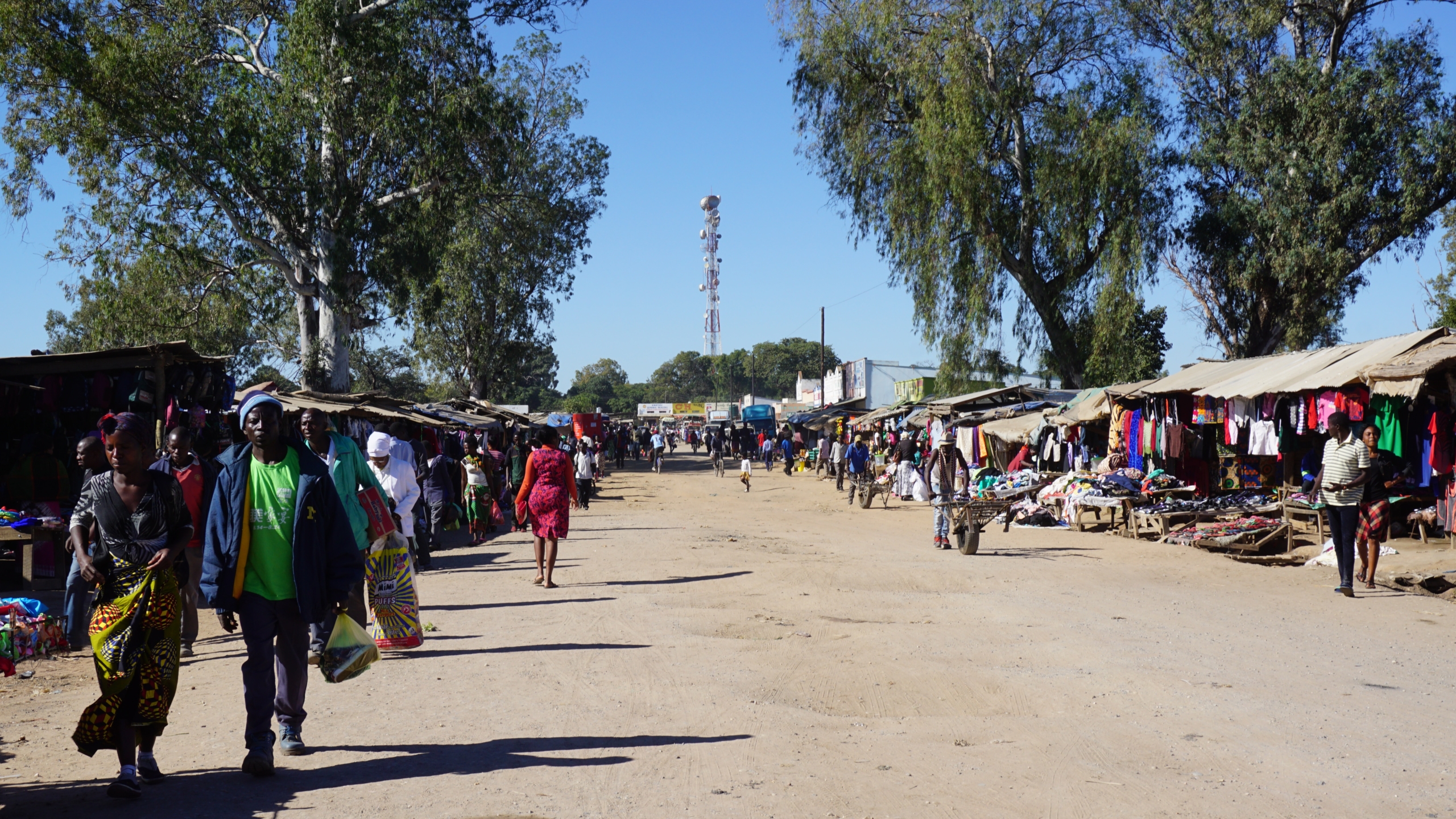 The southern African country of Zambia is on a mission toward self-sufficiency and an improved quality of life. With a population of about 20 million people and
The southern African country of Zambia is on a mission toward self-sufficiency and an improved quality of life. With a population of about 20 million people and 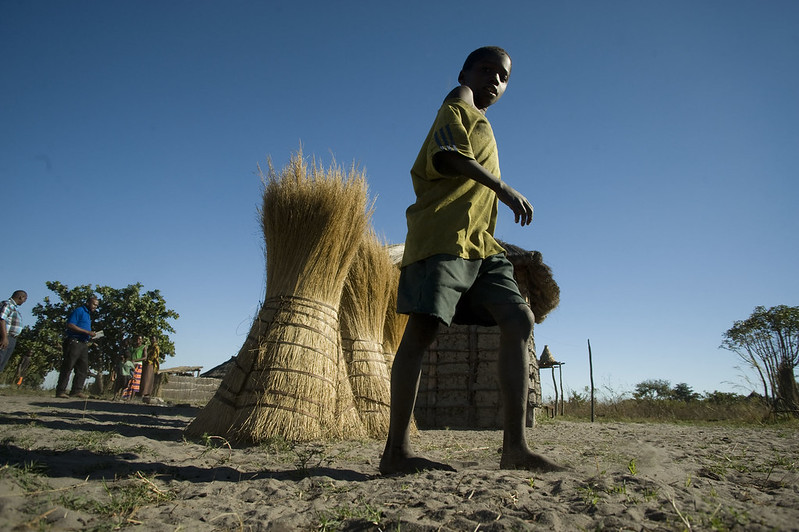 Zambia is a landlocked country in Southern Africa with a population of more than 19 million. The country received lower middle-income status in 2011, but poverty and malnutrition have only increased. Currently, 60% of the population lives below the poverty line, and 35% of children under 5 years old are chronically malnourished.
Zambia is a landlocked country in Southern Africa with a population of more than 19 million. The country received lower middle-income status in 2011, but poverty and malnutrition have only increased. Currently, 60% of the population lives below the poverty line, and 35% of children under 5 years old are chronically malnourished. 